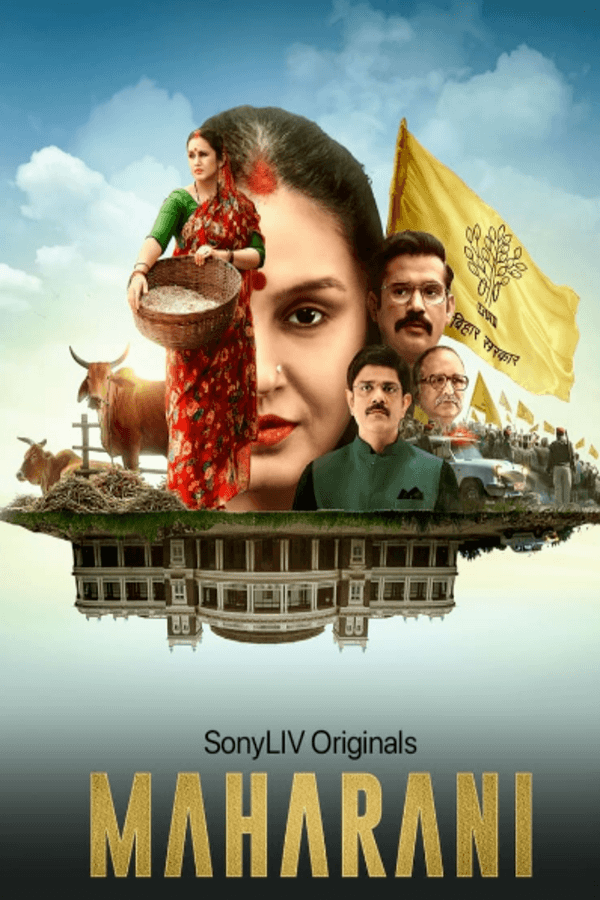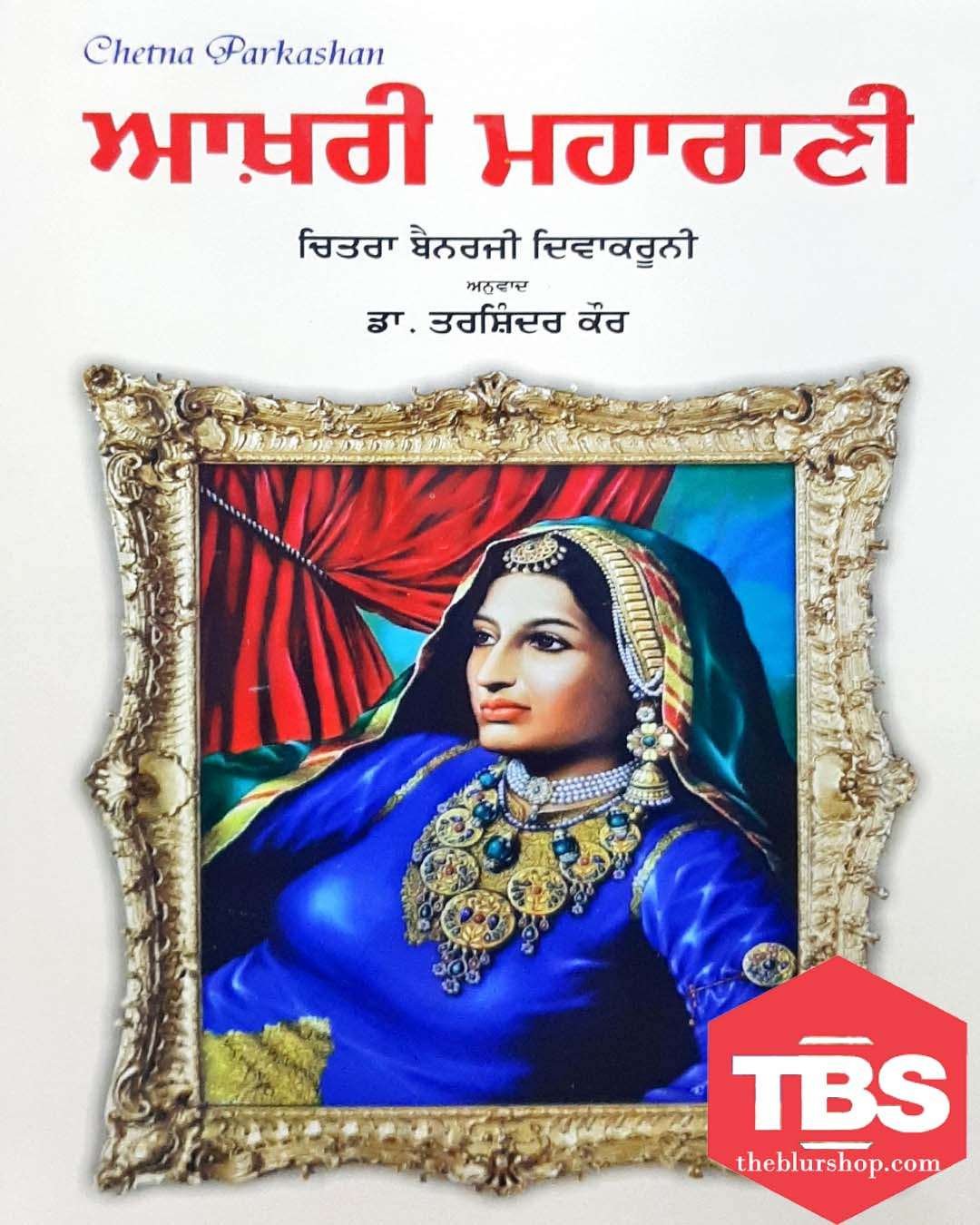Is it possible for a reluctant housewife to become a formidable political force, navigating the treacherous currents of power and emerging as a leader? The Hindi-language drama series Maharani answers this question with a resounding yes, chronicling the unexpected rise of Rani Bharti amidst the murky world of Bihar politics.
The world of Maharani is one of political intrigue, personal vendettas, and the constant struggle for control. The series, created by Subhash Kapoor, plunges viewers into the heart of Bihar, a state known for its complex political landscape. The story begins with Rani, a seemingly ordinary woman whose life is irrevocably altered when her husband, the Chief Minister Bheema Bharti, decides to anoint her as his successor. Suddenly thrust into the spotlight, Rani must grapple with the machinations of seasoned politicians, the weight of public expectation, and the hidden agendas that simmer beneath the surface. The narrative deftly explores the themes of gender, power, and the transformation of individuals when confronted with extraordinary circumstances. The show's creators have demonstrated a keen understanding of the political intricacies, crafting a world that is both compelling and believable, even as it embraces the heightened drama inherent in the television format. The journey of Rani Bharti is not just a story of political survival; it is a poignant exploration of identity, ambition, and the price one pays for power.
The cast of Maharani brings these characters to life with a degree of nuance and authenticity that is rare in the genre. Huma Qureshi, in the lead role of Rani Bharti, delivers a performance that is both vulnerable and powerful. She embodies the character's transformation from a hesitant homemaker to a confident politician with remarkable skill. The supporting cast, including Sohum Shah as Bheema Bharti and Amit Sial as Naveen Kumar, further enriches the narrative, adding layers of complexity and intrigue. The show's creators have paid meticulous attention to the visual storytelling, from the authentic portrayal of Bihar's landscape to the period-specific costumes and set designs. Each element contributes to the overall atmosphere of the series, immersing the audience in the world of the story.
Season 3 of Maharani continues the saga with Rani facing new challenges. This season sees Rani grappling with the aftermath of Bheema's death, navigating the complex political maneuvers of her rivals and fighting to maintain her grip on power. The narrative dives deeper into the characters' personal lives, revealing the motivations and ambitions that drive their actions. The season promises to be a thrilling continuation of the story, with twists and turns that will keep viewers on the edge of their seats. The show's commitment to portraying a realistic political landscape, coupled with its compelling characters and intricate storylines, has resonated with audiences worldwide. The series' success lies in its ability to blend political drama with human emotion, exploring the universal themes of ambition, loyalty, and the cost of power.
Here is a table showcasing the key cast members of Maharani and their roles:
| Actor | Character | Description |
|---|---|---|
| Huma Qureshi | Rani Bharti | The central character, a woman who unexpectedly enters politics and rises to power. Inspired by Rabri Devi. |
| Sohum Shah | Bheema Bharti | Rani's husband and a key figure in Bihar's political landscape. |
| Amit Sial | Naveen Kumar | A political rival and key character in the unfolding power struggles. |
| Kani Kusruti | Kaveri Sreedharan | A character who plays a significant role in the political dynamics. |
| Pramod Pathak | Mishra Ji | A supporting character with influence in the political arena. |
| Vineet Kumar | Gauri Shankar Pandey | Another character whose involvement shapes the narrative. |
| Inaam Ul Haq | A supporting character | Details of the role will be added |
| Sushil Pandey | A supporting character | Details of the role will be added |
| Atul Tiwari | A supporting character | Details of the role will be added |
| Aashiq Hussain | A supporting character | Details of the role will be added |
| Kannan Arunachalam | A supporting character | Details of the role will be added |
| Harish Khanna | A supporting character | Details of the role will be added |
The show's production team includes a number of skilled professionals, including directors, writers, and cinematographers. The direction of the series has been handled by Karan Sharma (Season 1), Ravindra Gautam (Season 2) and Saurabh Bhave (Season 3), each bringing their unique vision to the project. The cinematography is a critical element, with the visuals capturing the essence of the story. Tanul Dilwali, a Mumbai-based cinematographer, has contributed to the series, playing a pivotal role in its visual storytelling.
The show's narrative has been widely acclaimed. The series explores the intricacies of Indian politics, providing a compelling glimpse into the lives of those who wield power. The story draws inspiration from real-world events and figures, making it even more fascinating. The show successfully portrays the complexities of political maneuvering and the human cost of ambition. The creators have also been lauded for the attention to detail in their portrayal of the political landscape, from the clothing and set designs to the various cultural references that bring authenticity to the story. The series delves into the world of Bihar politics, navigating the treacherous currents of power and exposing the hidden agendas that simmer beneath the surface. The show's writers have created a world that is both compelling and believable, even as it embraces the heightened drama inherent in the television format.
The character of Rani Bharti is a standout aspect of the series. Huma Qureshi's portrayal of Rani is the heart of the series, portraying her evolution with skill. The character's journey from hesitant homemaker to a confident leader is compelling. The writing allows for Rani to showcase her growth and evolution. The show examines her relationships with other characters. The writers have created a nuanced and complex character, allowing Qureshi to showcase her acting abilities. The character provides a fascinating perspective on the intersection of gender and power in Indian society. The show underscores the importance of having strong female characters at the forefront of political dramas. The creation of Rani Bharti adds a new dimension to the genre of political dramas.
The release of Season 3 has further cemented the series' popularity. SonyLIV has officially announced the return of Maharani, with a teaser that has generated significant excitement. The new season will likely delve deeper into the characters' struggles, with Rani continuing to fight for her place in the political arena. The anticipation for Season 3 is a testament to the show's success in captivating viewers and generating buzz. The series has set a high bar for itself, and fans are eagerly awaiting the next chapter of Rani Bharti's story. The third season's potential to further the narrative and give more insight into the characters' motivations ensures the continued relevance of the series. The new season looks to deliver a satisfying continuation of the story.
The success of Maharani is a testament to its compelling storyline, strong performances, and insightful portrayal of the political landscape. The series has resonated with audiences, offering a captivating blend of drama, intrigue, and social commentary. The show's creators and cast have created a work of art. The show explores themes of power, ambition, and the human condition. The impact of Maharani is likely to extend well beyond its initial run, cementing its place in the history of Indian television. The series offers an enriching experience that leaves a lasting impression.
For further information and details about the series, including cast, crew, and episode information, visit the Internet Movie Database (IMDb):



